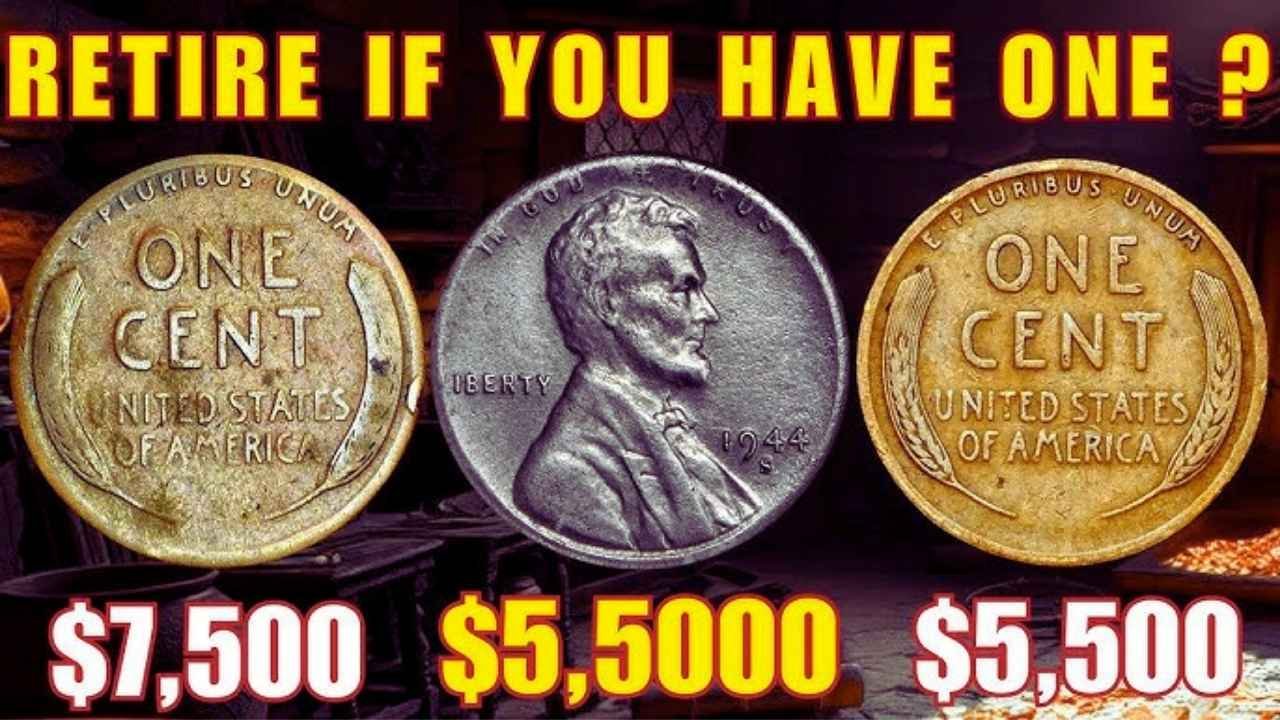The Buzz Around a Billion-Dollar Coin
Have you ever dug through your loose change and wondered if there’s a fortune staring back at you? Lately, stories have been flying around the internet about a super rare Bicentennial Quarter worth a whopping $2.5 billion. That’s right, a simple 25-cent coin from the 1970s that might still be floating around in circulation. People are buzzing on social media and news sites, claiming this quarter could make someone an instant billionaire. But is it for real, or just another tall tale? Let’s dive in and sort fact from fiction in plain old American talk.
A Trip Back to America’s Birthday Party
Back in 1975 and 1976, the U.S. Mint cranked out these special quarters to celebrate the country’s 200th birthday. They have that cool dual date, 1776-1976, and a drummer boy on the back instead of the usual eagle. Over 1.6 billion of them were made, so they’re not hard to find even today. Most folks got them in their change and spent them without a second thought. The idea was to mark a big moment in history, and they did just that. But while the everyday ones are worth exactly what they say – 25 cents – a few stand out because of little mistakes or special features from the mint.
What Sets the Rare Ones Apart
Not all Bicentennial Quarters are created equal. Some have errors like double strikes, where the design looks blurry because the machine hit it twice. Others were made with silver instead of the usual copper-nickel mix, meant for collectors. These silver ones can fetch a pretty penny at auctions. Then there are off-center strikes or wrong metal planchets that make them one-of-a-kind. Real collectors pay top dollar for stuff like that in top-notch condition. For example, a perfect silver proof might go for thousands. But that $2.5 billion price tag? That’s tied to rumors of an ultra-rare version with a unique combo of errors and perfect shine, maybe even an experimental alloy. Experts say no coin has ever sold for anywhere near that much – the record for any U.S. quarter is in the millions, not billions.
| Variant | Estimated Value | Key Feature |
|---|---|---|
| Silver Proof (1976-S) | Up to $19,200 | Made with 40% silver, pristine condition |
| Double Die Error | $500 – $5,000 | Blurry design from minting mistake |
| Off-Center Strike | $100 – $1,000 | Image not centered on coin |
How to Hunt for Your Own Gem
Want to check if you’ve got a winner? Start by looking at the edge – silver ones have a shiny rim without copper showing. Weigh it on a kitchen scale; regular ones are about 5.67 grams, silver a tad heavier at 6.25 grams. Flip it over and scan for weird overlaps or shifts in the drummer boy or George Washington’s face. If something looks off, take it to a coin shop for grading. They use scales like MS-70 for mint state perfection. Just remember, most of what you’ll find is ordinary. But hey, it’s fun to dream. And if you spot a real error, you could pocket a few hundred bucks easy.
The Real Scoop on That Sky-High Price
Dig a little deeper, and the $2.5 billion story starts to crumble. It’s popped up on blogs and forums, but no auction house or expert has confirmed a sale like that. The highest a Bicentennial Quarter has gone for is around $20,000 for a top-grade silver one with no flaws. That billion-dollar talk seems like clickbait to get folks excited and clicking. Coin pros laugh it off as internet hype, maybe mixing up values from older rare coins like the 1794 Flowing Hair Dollar, which did sell for over $10 million once. Still, the rumor keeps the hobby alive, getting people to pull out their piggy banks and look closer.
Why This Stuff Still Sparks Joy
Even without a billionaire payout, hunting for rare coins like the Bicentennial Quarter is a blast. It connects us to history, teaches about money, and might just turn up a small windfall. Next time you’re at the store, peek at your change – who knows what story it holds? Whether the $2.5 billion legend is true or not, it reminds us that everyday items can hide surprises. So keep your eyes open, but don’t quit your day job just yet. Coin collecting is about the thrill, not just the cash.
